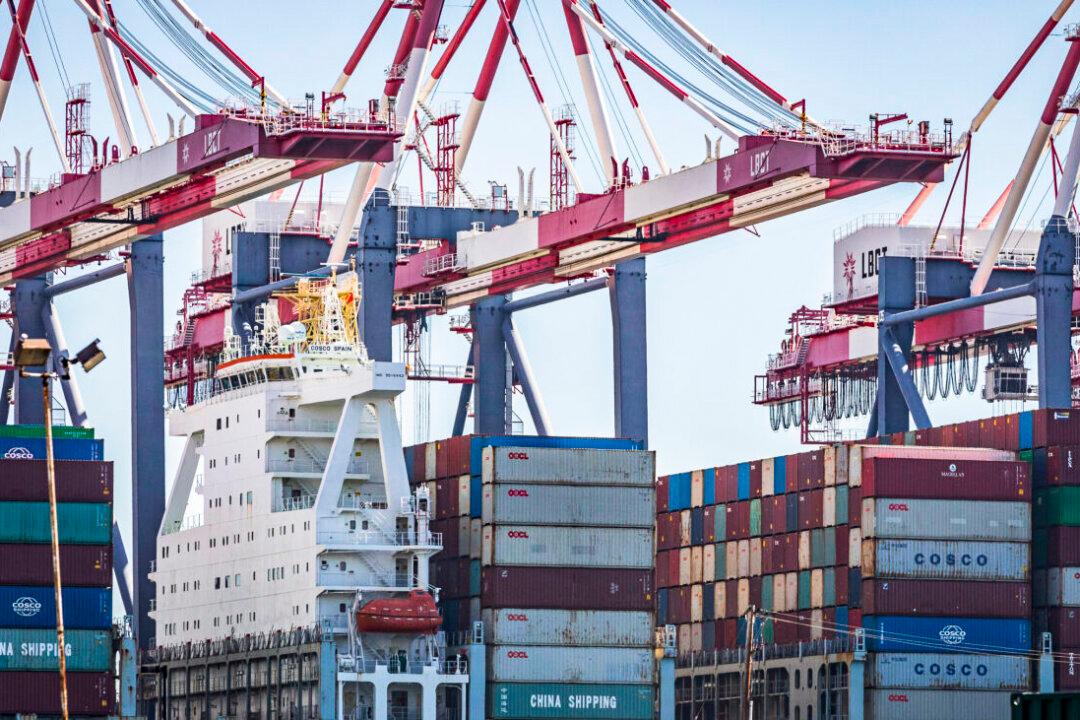A survey conducted by the National Association of Manufacturers, a U.S. trade organization representing 14,000 companies, reported a drop in confidence in the economy.
From January to March, 88 percent of manufacturers reported feeling positive about the economic outlook. By September, that proportion dropped 12 points to 76 percent.





